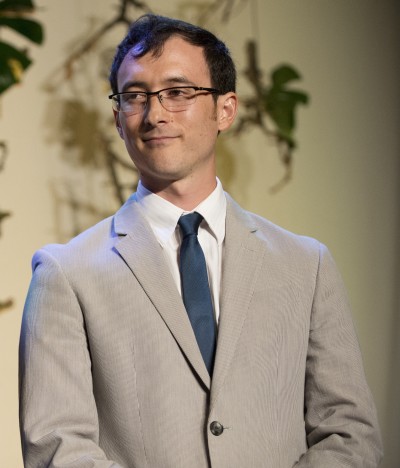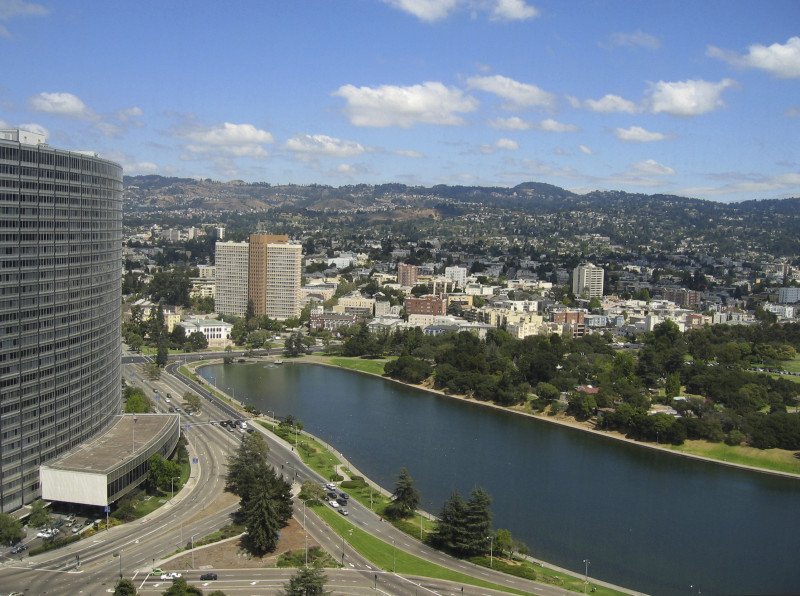
KQED News strives to cover the entire Bay Area, and its coverage of the East Bay has improved dramatically with the addition of two award-winning reporters, Devin Katayama and Sandhya Dirks, whose focus is on equity issues in Oakland.
Devin Katayama joined KQED News in the spring of 2015 from WFPL Louisville Public Media, where he worked as a reporter and midday host.
What attracted you to work at KQED?
KQED is the public media big leagues. It has a reputation for leading the conversation in the industry. Now I get a chance to help to expand KQED's public media resume, which means continuing to think outside the box and try new things that help the station connect with current and new audiences.
Is there a particular issue that you are passionate about covering? I'm passionate about education. Prior to journalism, I was preparing to teach high school English. Human development, especially in the earlier years, is what shapes our community later. And schools are where many families connect with services and where many families turn for help.
You and Sandhya have been described as an enterprise team focusing on equity issues in Oakland. Can you explain what that means?
An enterprise reporter has traditionally been one who researches, pitches and reports original stories. An enterprising team uses this same process but works in tandem to cover significant issues.
